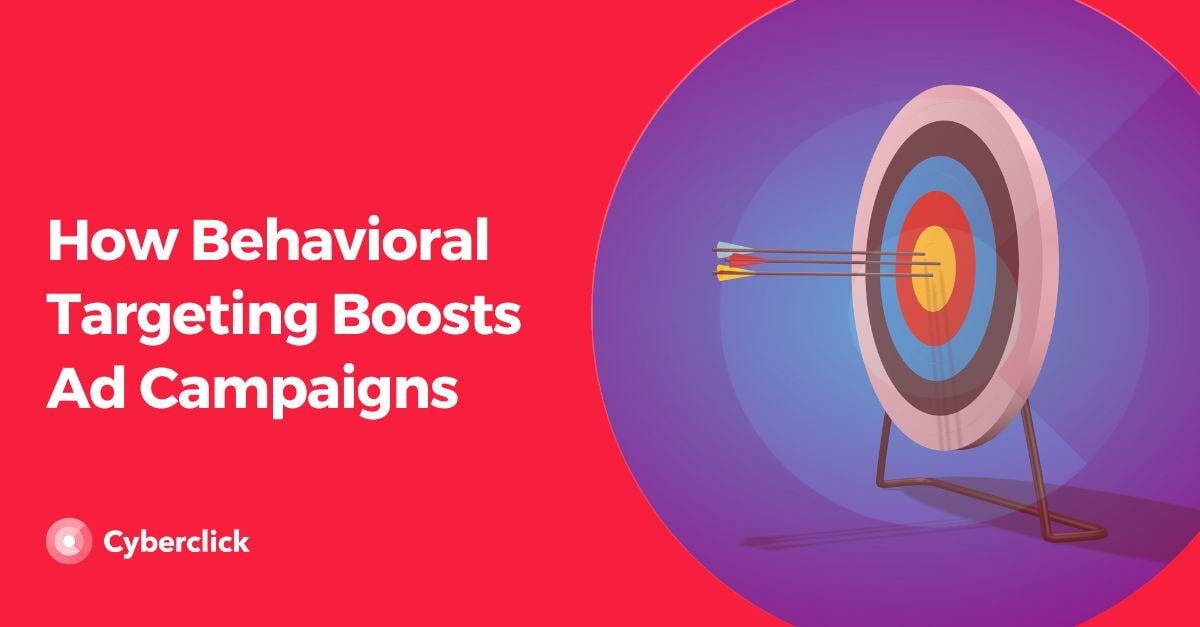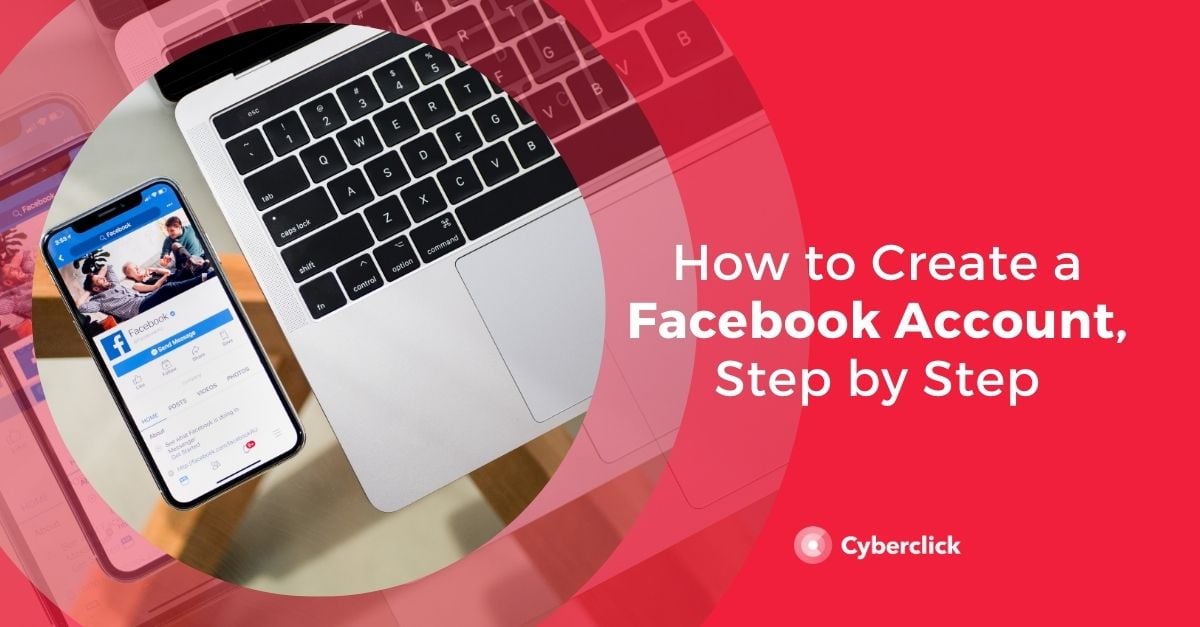Geofencing is a dynamic location-based technology that has transformed how businesses interact with consumers in real-time. By creating virtual boundaries around a specific geographical area, geofencing allows brands to trigger targeted marketing actions based on the location of a mobile device. Integrating this kind of technology with marketing strategies help brands to increase the efficiency of their advertising efforts, enhance customer engagement, and obtain valuable insights and data regarding their consumer behavior.

How Does Geofencing Work?
Geofencing uses location technologies such as GPS, RFID (Radio Frequency Identification), Wi-Fi, or cellular data to define geographical boundaries, known as geofences. These virtual perimeters can be set around any physical location, such as a store, a neighborhood, or an event venue. When a mobile device enters or exits these boundaries, it triggers pre-defined actions, typically in the form of push notifications, text messages, or alerts on a mobile app.
The process involves three key steps, which we'll detail below.
1. Defining the Geofence
Brands decide on the geographical area where the geofence will be active. This can range from broad areas around a physical point, to very specific locations.
2. Integration with an App
To interact with consumers via geofencing, brands must integrate this technology into a mobile application. The app communicates with location services on the user's mobile device.
3. Action Triggers
Once the technological aspects are defined, the brand will have to define exactly what action will be triggered when a mobile device enters or exits the geofence. When the device crosses into (or out of) the geofenced area, the app triggers specific actions designed to engage the customer, such as promotional messages, alerts, or personalized offers.
Applications of Geofencing
Geofencing has a wide range of applications across different sectors:
- Personalized Promotions: Retailers can create geofences around their stores or even competitors’ locations to deliver personalized promotions to shoppers’ smartphones. For instance, a retail brand or restaurant can send special discount offers to customers who enter a geofenced area around a shopping mall or restaurant location.
- Event-Triggered Alerts: During conferences or large events, brands can use geofencing to trigger notifications about workshops, booth locations, or exclusive offers relevant to the event. This helps enhance the attendee experience and increase engagement with event sponsors or exhibitors.
- Content Customization: Geofencing can be used to customize content displayed in an app based on the user's location. For example, a news app might show local news and weather to users within a specific region, enhancing relevance and user engagement.
- Social Media Engagement: Enhance social media campaigns by integrating geofencing to push location-specific content or promotions that encourage users to share their experiences on platforms like Instagram or TikTok. This can be particularly effective for campaigns designed to boost local visibility and engagement.
Benefits of Geofencing
The strategic use of geofencing offers numerous benefits:
- Targeted Marketing: By targeting users based on their precise location, brands can significantly increase the relevance and effectiveness of their marketing messages.
- Enhanced Customer Engagement: Geofencing allows for direct interaction with customers, providing a personalized experience that can boost customer loyalty and satisfaction.
- Efficiency in Advertising: Geofencing reduces waste in advertising spend by focusing efforts where they are most likely to yield results, based on the real-time location of potential customers.
- Analytics and Insights: Brands can gather valuable data on consumer behavior patterns related to specific locations, which can be used for more informed decision-making and strategy refinement.
Challenges and Considerations
While geofencing is a powerful tool, it comes with challenges that businesses need to consider:
- Privacy Concerns: Brands must handle location data sensitively and comply with privacy laws and regulations to avoid breaching consumer trust.
- Battery Usage: Continuous use of location services can drain the battery of a user's device, potentially causing frustration and leading to app uninstalls.
- Accuracy and Reliability: The effectiveness of geofencing depends on the accuracy of the location data, which can vary depending on signal availability and the technology used.
Geofencing is a versatile technology that, when used wisely, can transform the way brands interact with their customers through precise, location-based marketing. By understanding the principles, limitations, and potential applications of geofencing, brands can use this technology to enhance their marketing strategies, increase customer engagement, and gain a competitive edge.
Social Account Manager at Cyberclick. Le apasiona el marketing, las redes sociales, leer y escribir.
Social Account Manager at Cyberclick. Passionate about marketing, social media, reading and writing.






Leave your comment and join the conversation